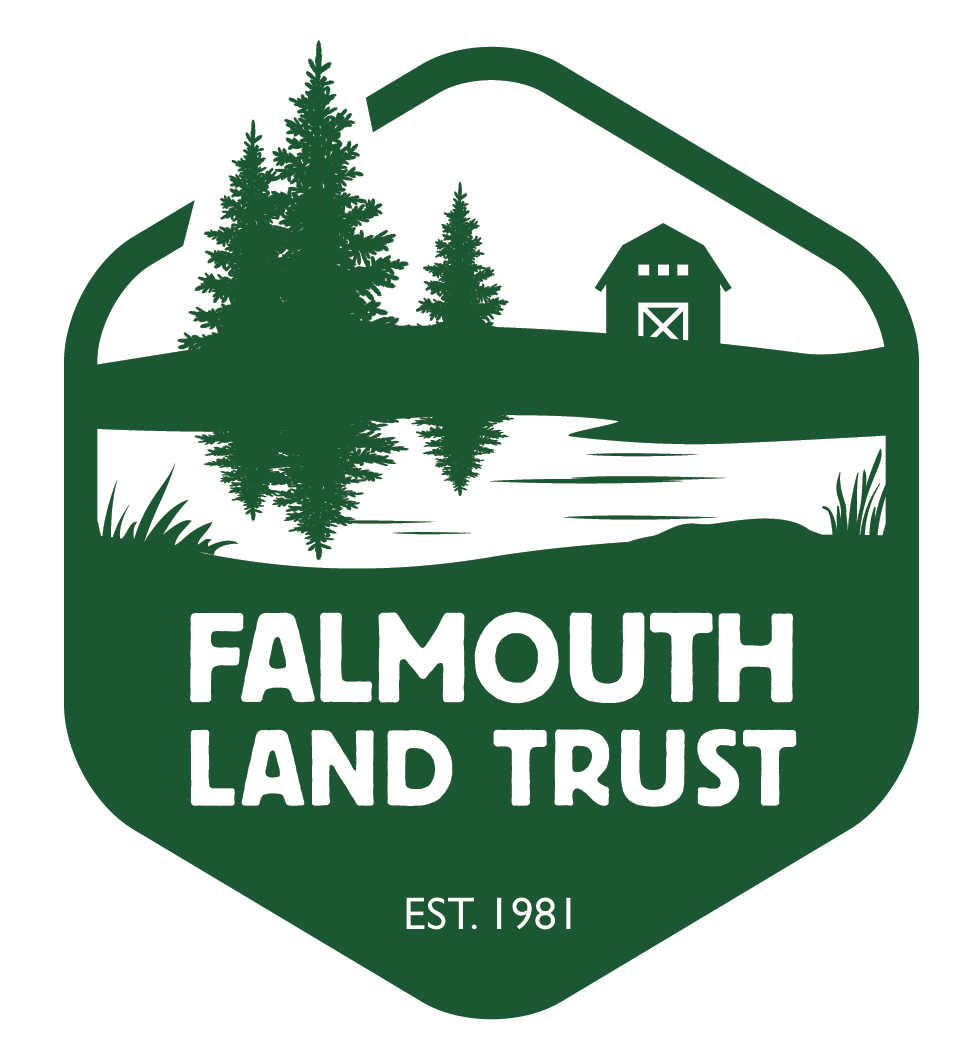Knotweed
KNotweed Identification
Japenese Knotweed in Falmouth, Maine.
Knotweed is an invasive plant that grows up to 10’ tall, with wide and pointed leaves that form extremely dense shrubs. The invasive has purple-speckled hollow stems that heavily resemble bamboo stems, and white flowers that appear in clusters in the late summer into early autumn. Knotweed seeds are spread by small birds and mammals. This invasive poses a direct threats to floodplains and river systems as it often overtakes their ecosystems. This is due to Knotweed’s regenerative nature, which allows for it to grow from any small root fragment or stem that is left behind. When riverbeds are high and quickly moving, knotweed is transported across watersheds and takes root along riverbanks, destabilizing native plant populations. Knotweed originally grew on the sides of active volcanos in Asia and could send up new shoots years after the original plants were buried by lava flows.
KNotweed Removal
Knotweed removal is an involved and in-depth process. On a smaller level, new Knotweed growth can be pulled by hand, but regrowth must be dug out in years to follow. For larger Knotweed plants, years of cutting it back is somewhat beneficial. Targeting the root systems of Knotweed over a many growing seasons using herbicides is also an effective method. For large, established Knotweed stands, complete eradication may require removing the topsoil and professional assistance may be needed.
Other Info
To learn more about Knotweed identification or removal, visit this Maine.gov site.

